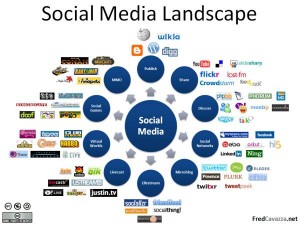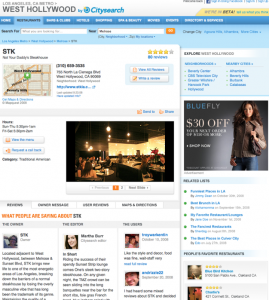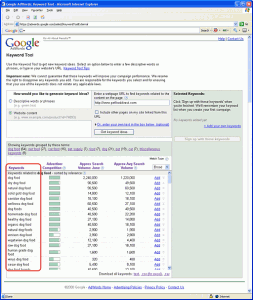Local SEO: How many links is too many?
Thursday, January 13th, 2011
There’s a long-standing debate in local SEO about the maximum number of links that you should place on any given page. If you use the SEOmoz PRO Campaign Manager, you may have seen a warning that looks something like this:

Digging deeper into the “Too Many On-Page Links” warning, you’ll see the message:
You should avoid having too many (roughly defined as more than 100) hyperlinks on any given page.
A number of people have asked where they came up with 100 as the magic number and whether this is a hard limit or just a suggestion. I’m going to talk a bit about the history, whether that history still applies, and what the potential consequences are of breaking the 100-link barrier.
Where Did They Get 100?
The 100-link limit actually came from sources within Google and has been restated for years, as recently as a March 2009 post by Matt Cutts, in which he quotes the Google guidelines as saying:
Keep the links on a given page to a reasonable number (fewer than 100).
The early crawlers capped the amount of data they would process for any given page, due to bandwidth limitations. Ultimately, 100 links was mostly a good rule of thumb for what would fit in a page that met those processing limits.
Could You Be Penalized?
Before we dig in too deep, I want to make it clear that the 100-link limit has never been a penalty situation. In an August 2007 interview, Rand quotes Matt Cutts as saying:
The “keep the number of links to under 100” is in the technical guideline section, not the quality guidelines section. That means we’re not going to remove a page if you have 101 or 102 links on the page. Think of this more as a rule of thumb.
At the time, it’s likely that Google started ignoring links after a certain point, but at worst this kept those post-100 links from passing PageRank. The page itself wasn’t going to be de-indexed or penalized.
Is 100 Still The Limit?
Since Matt’s 2009 comment, the Google guidelines page he quotes seems to have dropped the phrase “fewer than 100.” Observations from across the SEO community and multiple Google Webmaster Help threads confirm this change. In April 2010, Google engineer John Mu endorsed the following answer:
100 links to a page is a just a suggestion … There are pages out there with more than 100 links, and it isn’t an issue. If your page is sufficiently authoritative, Google is going to be interested in the pages that are being recommended by that page.
Like many Google “limits,” this is probably not a concrete number, and most likely varies with site authority. It’s also likely that the number has increased over time, as Google overcomes processing limitations (especially post-Caffeine).
So, Does It Still Matter?
The short answer is “yes.” There’s an inescapable reality in SEO that the more links a page has, the less internal PageRank each of those links passes. To quote Matt again from his interview with Rand:
At any rate, you’re dividing the PageRank of that page between hundreds of links, so each link is only going to pass along a minuscule amount of PageRank anyway.
To put it simply, more links equals less PR for each link. The actual math of internal PageRank flow gets complicated fast, but let’s look at a couple of very simple examples.
Example 1: 3 Level-2 Pages
Let’s say we have a very basic site with a home-page and three 2nd-tier pages linked from it. I’m going to grossly oversimplify the PR model, but let’s say those 3 pages each inherit 1/3 of the PR of the home-page. Let’s also assume that Google doesn’t allow a page to pass 100% of its own PR – we’ll cap the amount at 85% of the original page’s PR (we’re talking about actual PR in this case, not Toolbar PR). The result would look something like this:

Here, each of the pages inherits roughly 28% (0.85/3) of the original PR of the home-page. Again, I’m oversimplifying a much more complex reality to make a point.
Example 2: 150 Level-2 Pages
Now, let’s expand those 2nd-tier pages and say that the home-page links to 150 internal pages. The diagram and PR values would look something like this:

Split 150 ways, the original 85% of the PR the home-page can pass ends up being less than 0.6% (0.85/150) per page. My graphic may have gotten a little carried away, but it’s easy to see how quickly internal PR can become diluted in these situations.
What’s The Right Number?
As with so many complex SEO and local SEO issues there’s no one answer. There’s a balance between building a site structure that’s too deep, creating pages that are many links removed from high-authority pages, and one that’s too “flat,” creating a situation like the one above. While many local SEOs argue in favor of flat architecture, the basic problem is that it treats every link as being equal. Do you really have 150 (or more) pages that all deserve equal treatment from the home-page and that should all carry equal PR? Probably not, and so we try to take a balanced, hierarchical approach, focusing internal PR on the most important pages first. Ultimately, while it may be outdated, the 100-link guideline is still probably a decent rule of thumb for most sites.


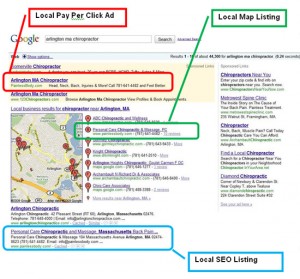
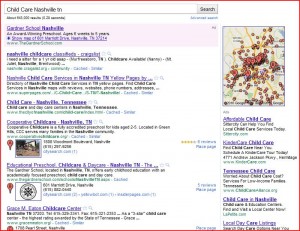
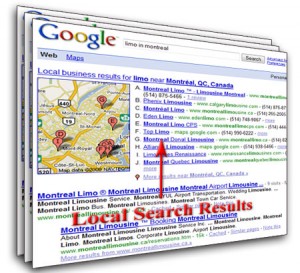

 The predictions season is here . . . Telmetrics is one of the first out of the gate with its “Top
The predictions season is here . . . Telmetrics is one of the first out of the gate with its “Top 